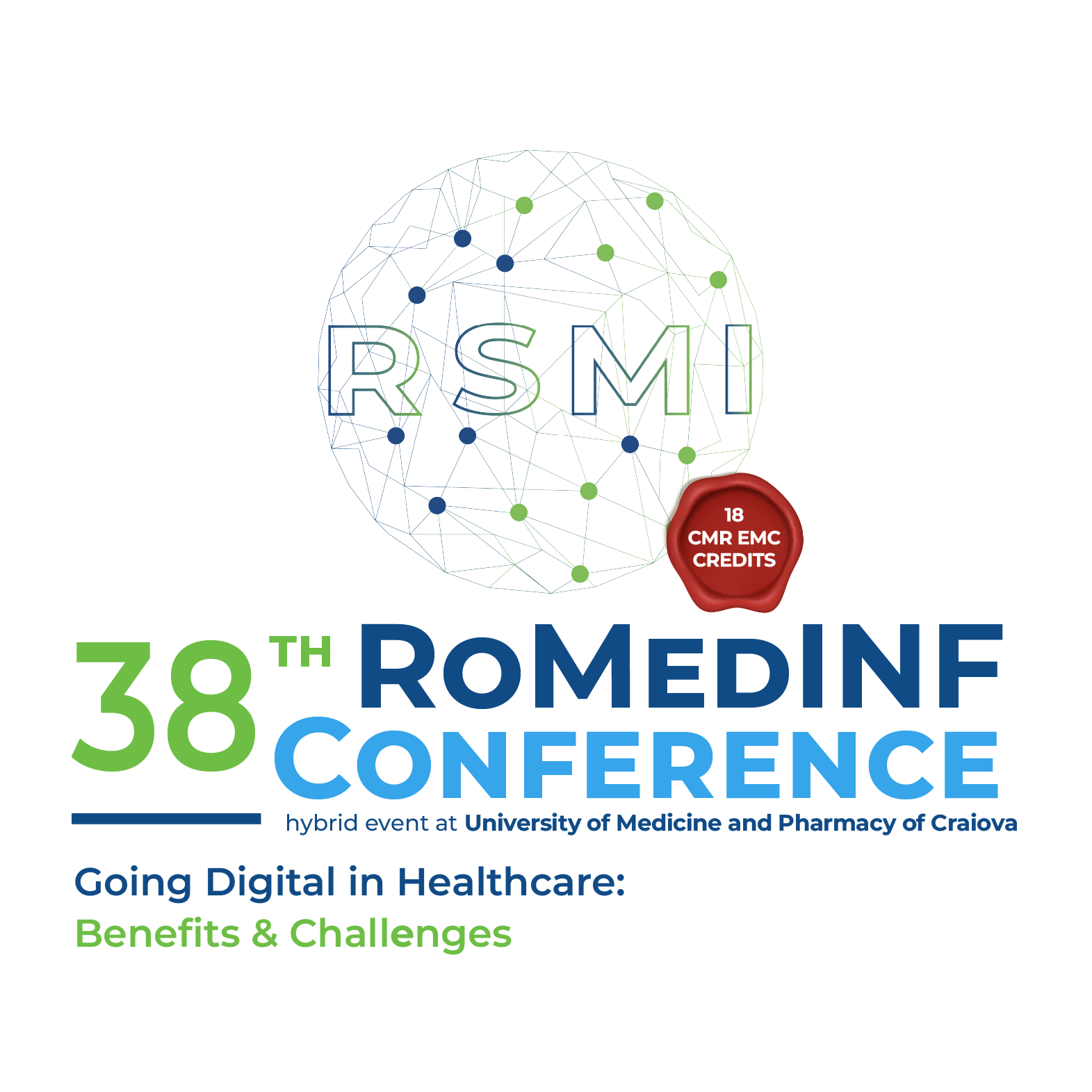Operationalizing Human Health Indicators to Link with Ecosystem Changes of Water Streams: An OneAquaHealth Protocol
Keywords:
Human Health, Ecosystems, Urban Freshwater Streams, Geographic Information Systems (GIS), One Digital HealthAbstract
Background: Stream buffer and riparian zones surrounding urban water bodies have profound impacts on the health and well-being of human communities who live near streams. Among the aims of the OneAquaHealth project is to set up a framework to detect and monitor human health outcomes linked to ecosystem changes in urban streams in five European cities (Coimbra, Benevento, Toulouse, Ghent, Oslo, Heraklio). The objective of this particular protocol is to examine how human health indicators can be identified, measured and sampled to explore the relationship between human health and urban freshwater ecosystems. Methods: Activities in OneAquaHealth are implemented under the OneDigitalHealth (ODH) framework. Operationalizing health indicators for well-being, mental and physical health, physical activity, restorative experience, annual mortality within this framework involves a comprehensive process of integrating diverse health and ecosystem data to create actionable tools for improving public health and environmental sustainability. This includes quantifying the interconnections between urban aquatic ecosystems and human health using citizen science approaches, classic domain-expert, statistical and AI-driven approaches (e.g. large language models) and designing an alignment model that account for disparities regarding health-related data availability and quality. Mechanisms will be established for collecting and integrating data, considering the heterogeneous data sources; e.g. literature reviews, health registries, community surveys, citizen science and large language models for screening literature and extracting indicators. Health indicators will be identified based on relevance and feasibility, considering that their availability and quality can change over time and between sites. Indicator selection will be relevant to levels of granularity, meaning the degree of details or specificity, the degree of precision depending on how the values were collected, the time distance between the data collection and the effective use and the correlation (known or expected) with aquatic ecosystem health indicators (e.g biodiversity, pollutant levels, water pH). A foundation for standardizing and operationalizing the indicators will be created, including controlled vocabularies and ontologies (e.g. the Medical Informatics Digital Health Multilingual Ontologies), a framework alignment for categorizing human health and ecosystem health indicators into the ODH dimensions, an indicator scoring system to evaluate integration withing the ODH, fitting and enhancing via operationalization a specific list of Digital Determinants of Health using the digital clusters suggested by WHO Data and Digital Health, data quality assurance under the FAIR principles, performance reviews by evaluating the reliability and impact of metrics and data collection methods, stakeholder feedback and iterative improvements to update models, indicators, and analytics based on emerging data and technologies. Leveraging advanced computational methods will be performed to integrate the collected data and analyze data related to indicators. Predictive modelling, geospatial and trends analyses, and causal relationships between ecosystem changes and health outcomes to inform evidence-based decision-making will be developed. This will support (near) real-time monitoring of indicators, enabling dynamic updates and allowing decision-making in due time. Conclusion/Anticipated Impact: The operationalization of the health indicators from the various sources and applied strategies will lead to transforming insights (indicators and their related analysis) into practical interventions, such as policy recommendations (advice on urban planning, water management, public health initiatives), health interventions (targeted campaigns to address health risks, e.g. water safety education, disease prevention measures), preparedness planning (strategies for managing natural disasters, e.g. floods, droughts), multidisciplinary collaboration (with public health experts, environmental scientists, and policymakers for comprehensive solutions) and community participation (empowerment through education and involvement in data collection and interpretation).
Downloads
Published
How to Cite
Issue
Section
License
Copyright (c) 2025 Marilena ANASTASAKI, Catherine CHRONAKI, Anne MOEN, Eleni KOKINOU, Stratos KOKOLAKIS, Matenia KARAGIANNIDOU, May-Linn MØRK, Silje HENNI

All papers published in Applied Medical Informatics are licensed under a Creative Commons Attribution (CC BY 4.0) International License.

